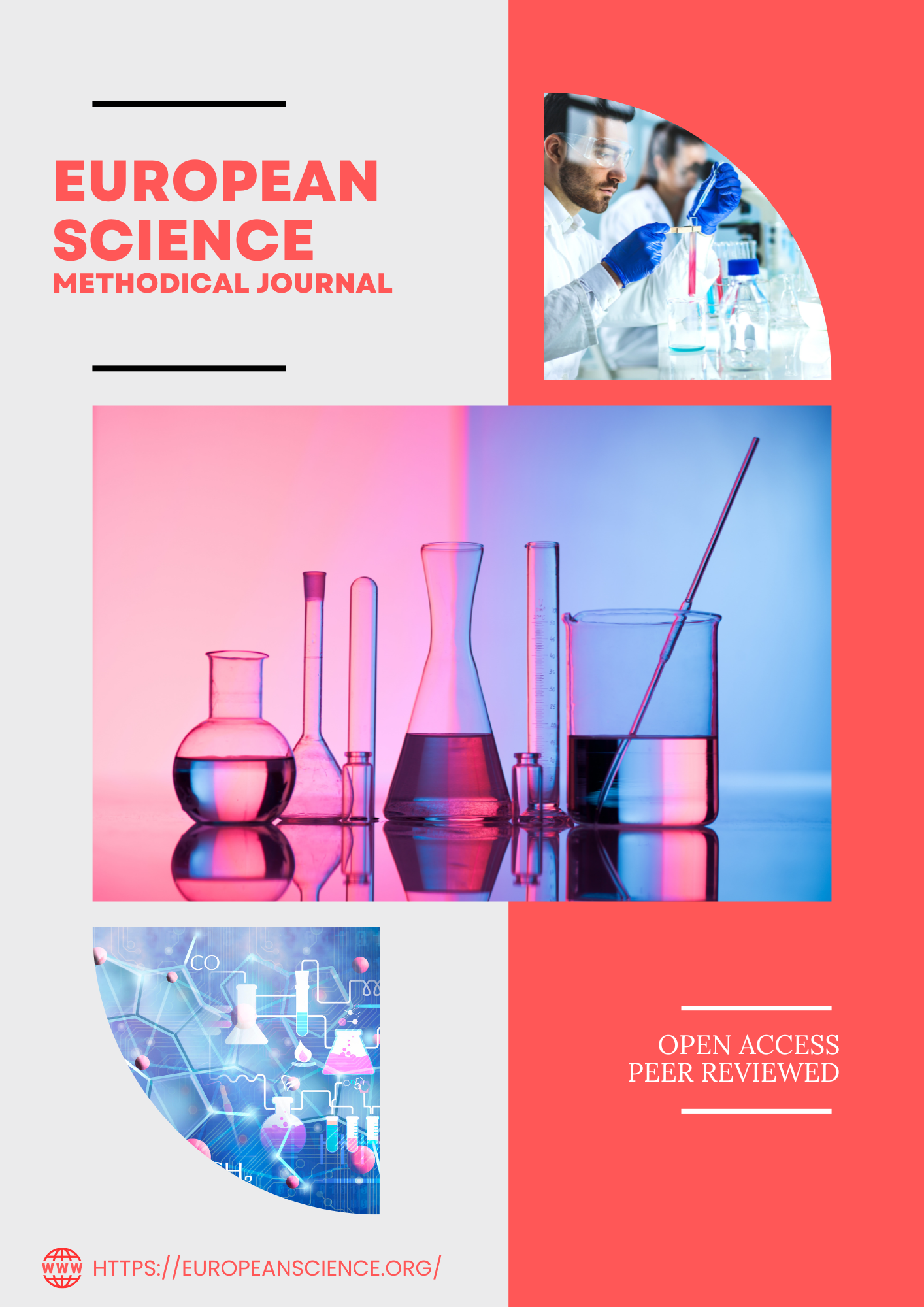Water Pollution
Keywords:
Water, Treatment, Pollutions.Abstract
Water is the essential supply of all organisms in existence and most biological activities, and it is critical to most processes of metabolism. Considering the fact that 70% of our globe has water, just 2.5% of water resources are usable for humans. There could be numerous kinds of organisms (Microorganisms) within one millimeter of water. So that wherever there is water there would be numerous forms of life. The quantity of water remains an issue of significant importance for human civilization over the past few decades. Since nearly all water is not synonymous with other elements of nature, it is partitioned. The natural process of water is the core dynamic of the life and cycles of economic activity. The resources of water are limited and are exposed to numerous human-caused adverse consequences. Pure water resources on our planet compose only 2.5% of our global water resources. Water is a vital resource for all forms of life and has significant worth. There is no such thing as life without water. The availability of plentiful and superior water is an essential ingredient for freshwater ecosystems, along with food availability and equitable economic growth, thus essential for humanity's future. Contamination of the limited natural water sources creates additional pressure on them as well. For treating one liter of generated water, eight liters of purified water is needed and required. Beneficial drinking water is an essential requirement for everyone in this world. Thus, one of the most serious concerns that we should be concerned about is water contamination. Because all living things depend upon water that is free from contaminants.Seawater insufficient for consumption by individuals That being said, this does not give humans the right to contaminate it, harm aquatic life, or destroy out the aquatic ecosystem. Chemical additions are not the only way that water can become contaminated.Downloads
Published
2023-12-18
Issue
Section
Articles
License

This work is licensed under a Creative Commons Attribution-NonCommercial 4.0 International License.
How to Cite
Water Pollution. (2023). European Science Methodical Journal, 1(9), 34-39. https://europeanscience.org/index.php/3/article/view/351















